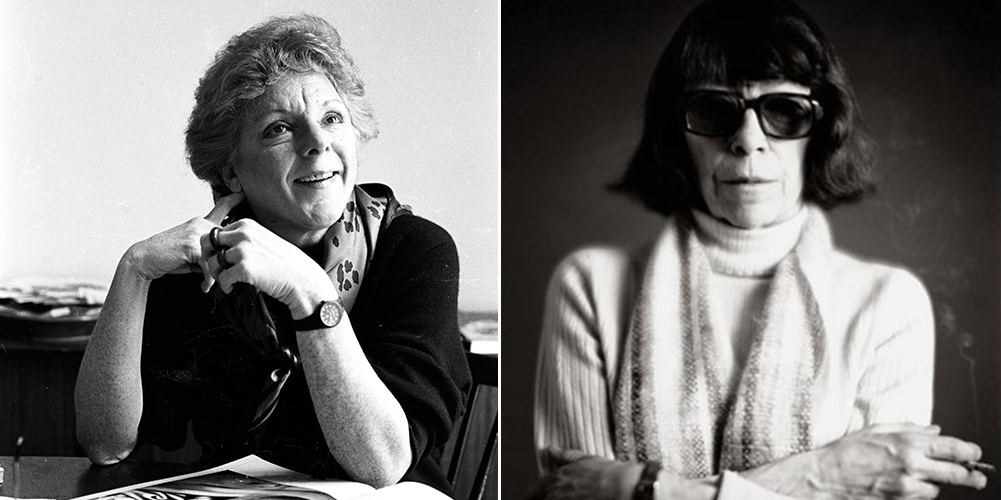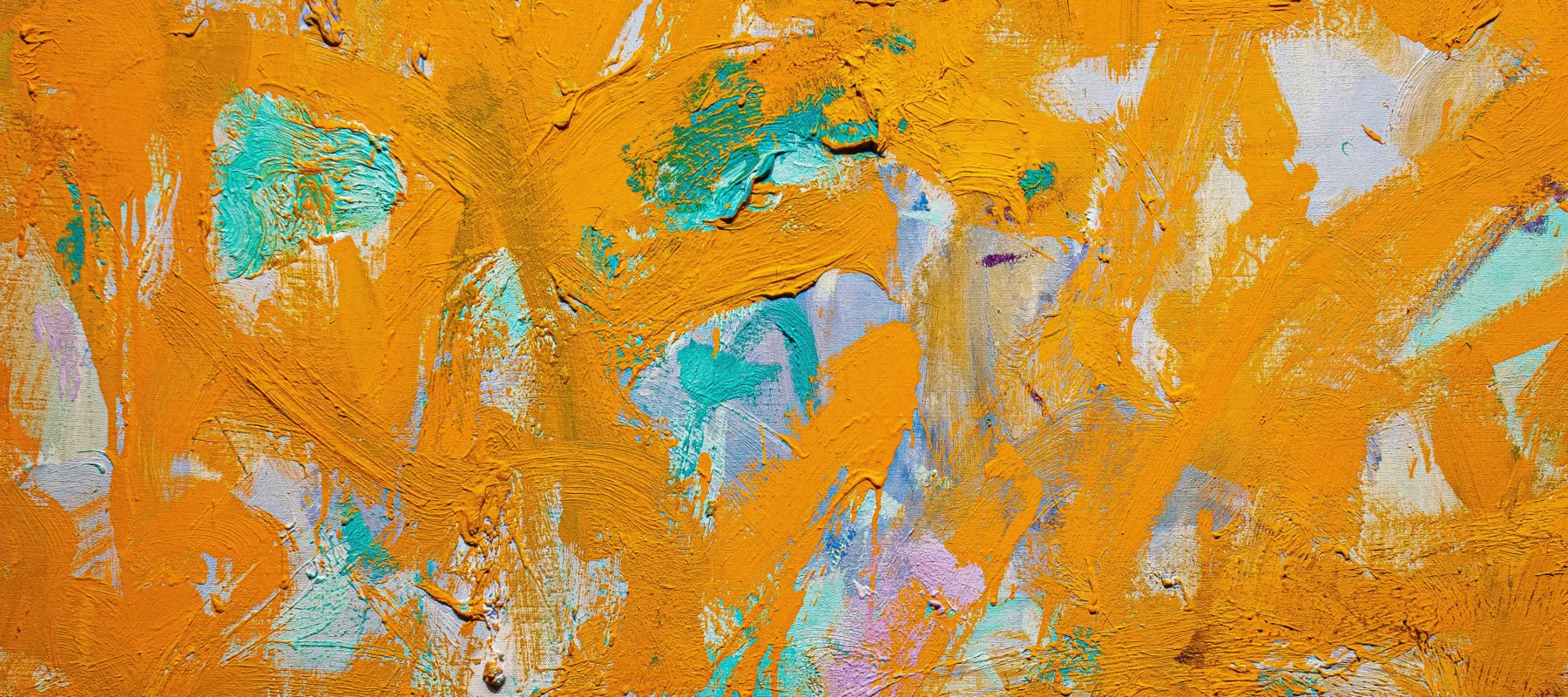Art historian, critic, and curator Linda Nochlin (1931–2017) maintained close relationships with a constellation of internationally recognized artists. These friendships were often rich and intimate, tightly bound up with an affinity for “ways of seeing,” and sometimes conducted with famously “difficult” artists. Evidence of these relationships can be found in the massive archival collection Linda Nochlin Papers, ca. 1876, 1937–2017. These papers, held by the Archives of American Art, include notes for articles and lectures, letters, postcards, and other tidbits that hint at Nochlin’s many friendships.
Among them is a handwritten letter from Joan Mitchell (1925–1992), a leading abstract expressionist painter, with whom Nochlin was especially close. In the six-page letter, likely written in the 1980s, Mitchell reflects philosophically on the distinctions between music, poetry, and painting. She also professes her love of dogs; fondly remembers living on St. Marks Place in New York City, where she was able to exercise sexual independence; and expresses her affection for Nochlin.
Like Nochlin, who initially pursued writing before embracing art history as her primary vocation, Mitchell once considered becoming a writer. Both women were ardent Francophiles. In their youth, both had immersed themselves in physical activity—Nochlin as a dancer, Mitchell as a competitive figure skater, diver, and tennis player.

The careers of these two women also intersected. In 1986, Nochlin conducted an oral history of Mitchell, available in the Archives of American Artists, and wrote an important essay on the artist. In “A Rage to Paint: Joan Mitchell and the Issue of Femininity,” Nochlin addressed the issue of women’s rage and its expression in Mitchell’s work. “For Mitchell,” Nochlin wrote, “rage, or anger, was singular, consuming. When I was with her, I could often feel rage, scarcely contained, bubbling beneath the surface of her tensely controlled behavior.” Nochlin, once present during a fight between Mitchell and a partner, described it as “terrifying.”
Nochlin’s description of her response to Mitchell’s anger may hint at a fruitful tension between the two women. Their friendship may have thrived in part because Nochlin’s analytic ice proved a valuable counterpoint to Mitchell’s fire. Whether or not that was the case, it is clear that Nochlin grasped the roots of the artist’s fury. She writes, “rage, and its artistic corollary, the rage to paint, are both central to the project of Joan Mitchell.”
Nochlin also reflects on the utility of opposites in Mitchell’s work, which made her paintings so striking: “Meaning and emotional intensity are produced structurally…by a whole series of oppositions: dense versus transparent strokes; gridded structure versus more chaotic, ad hoc construction; weight on the bottom of the canvas versus weight at the top; light versus dark; choppy versus continuous brushstrokes; harmonious and clashing juxtapositions of hue—all are potent signs of meaning and feeling.” This description can also be read as a metaphor for Nochlin’s own deep, rewarding friendship with the artist.
To learn more about Nochlin, visit the Library and Research Center’s research guide on the scholar. For more on Mitchell, see Five Fast Facts: Joan Mitchell.

